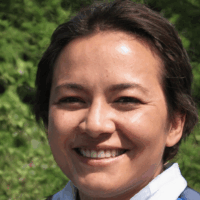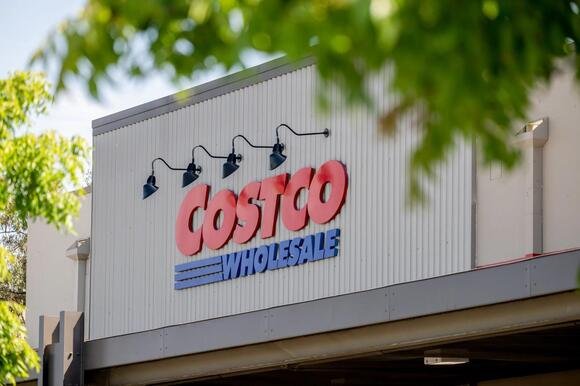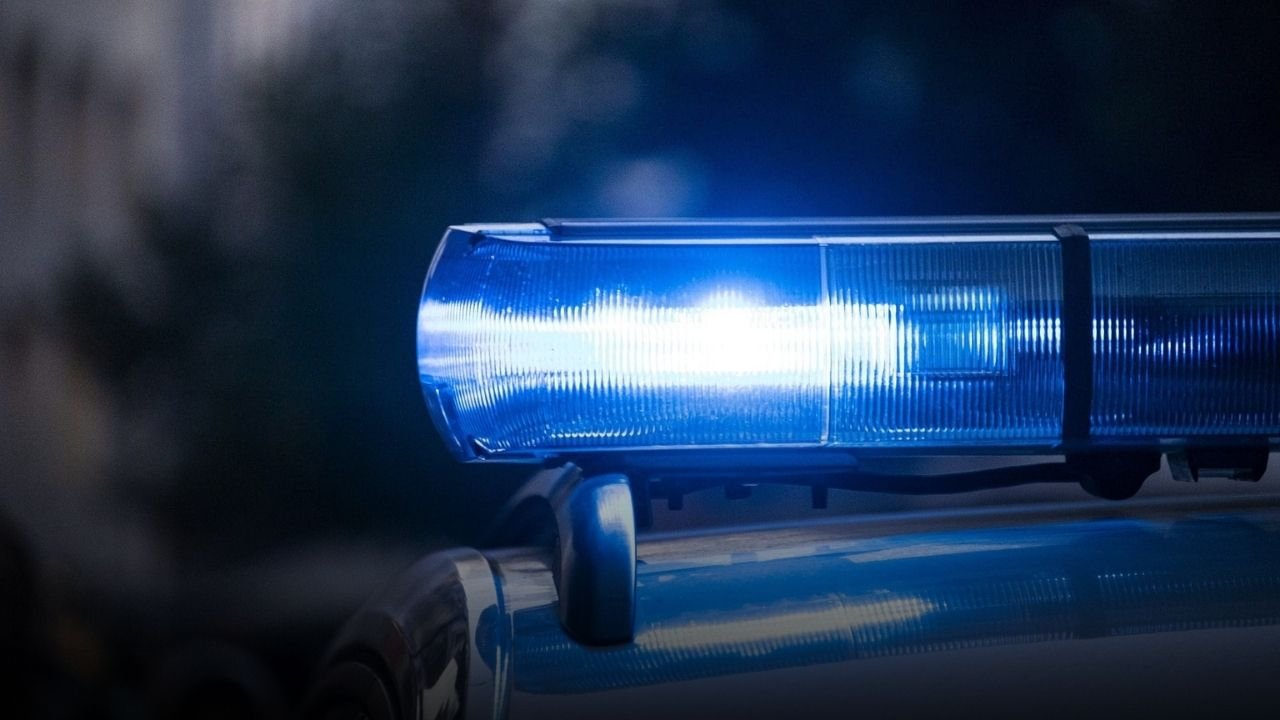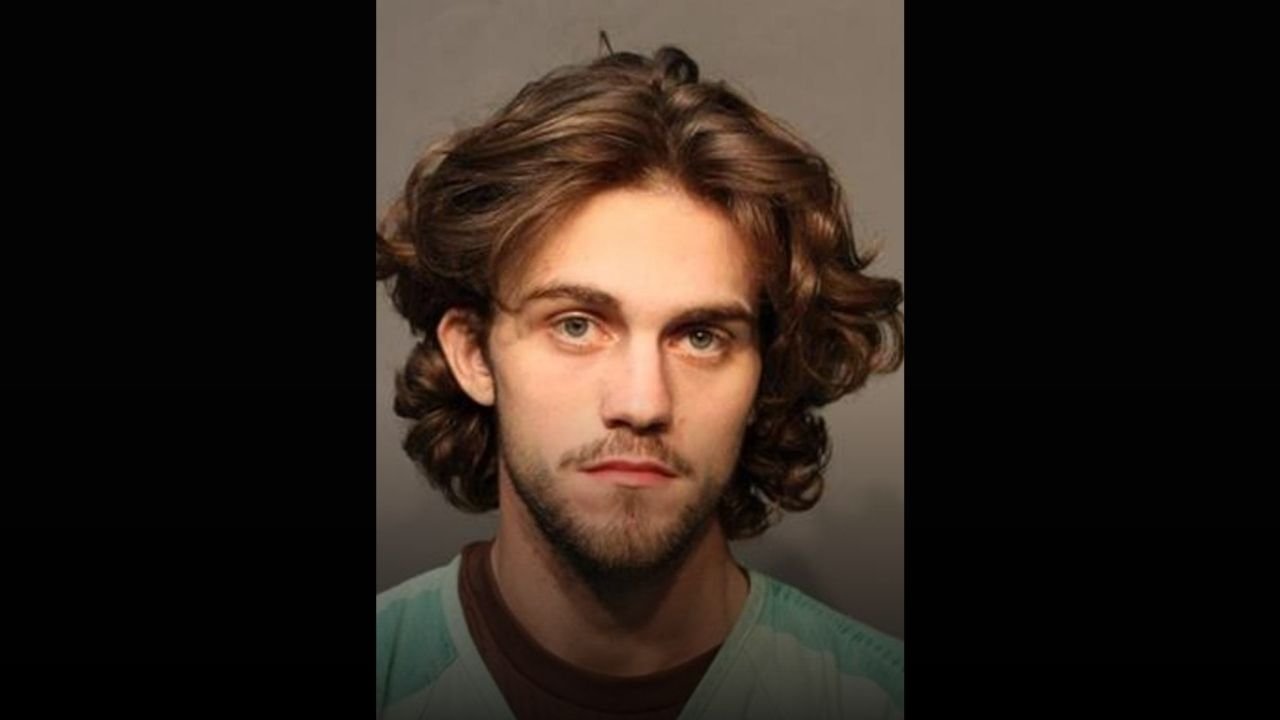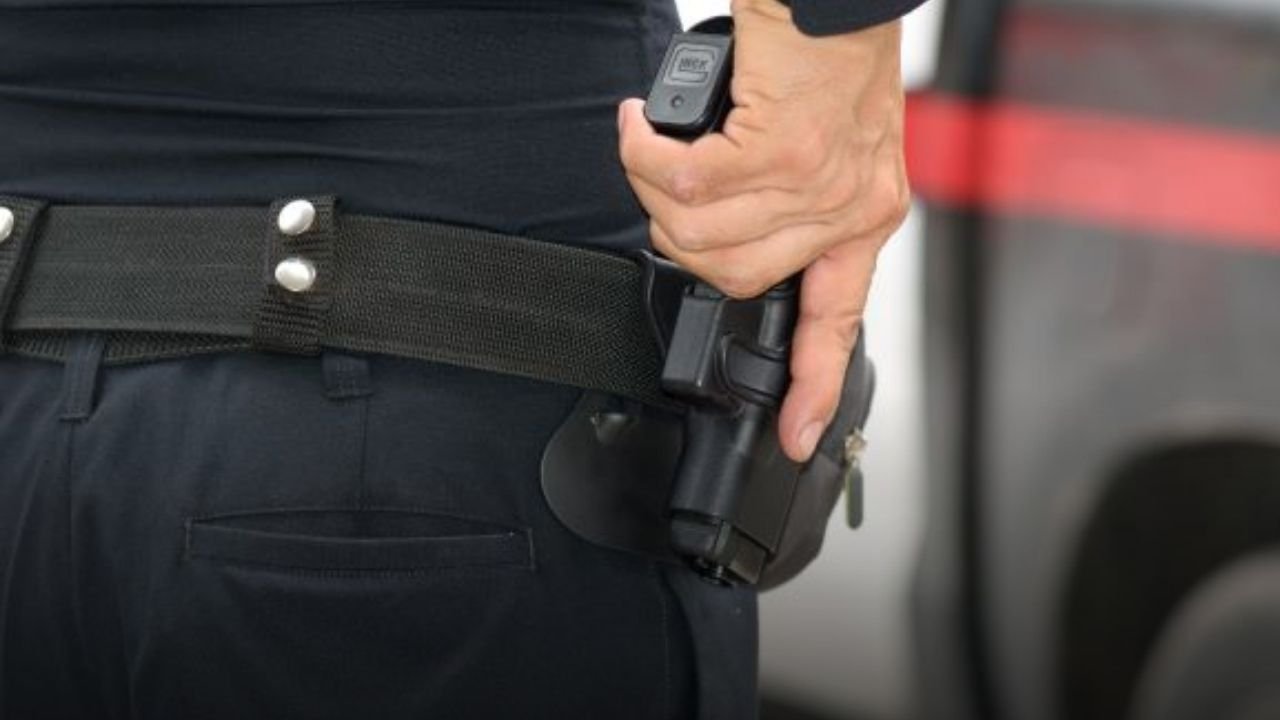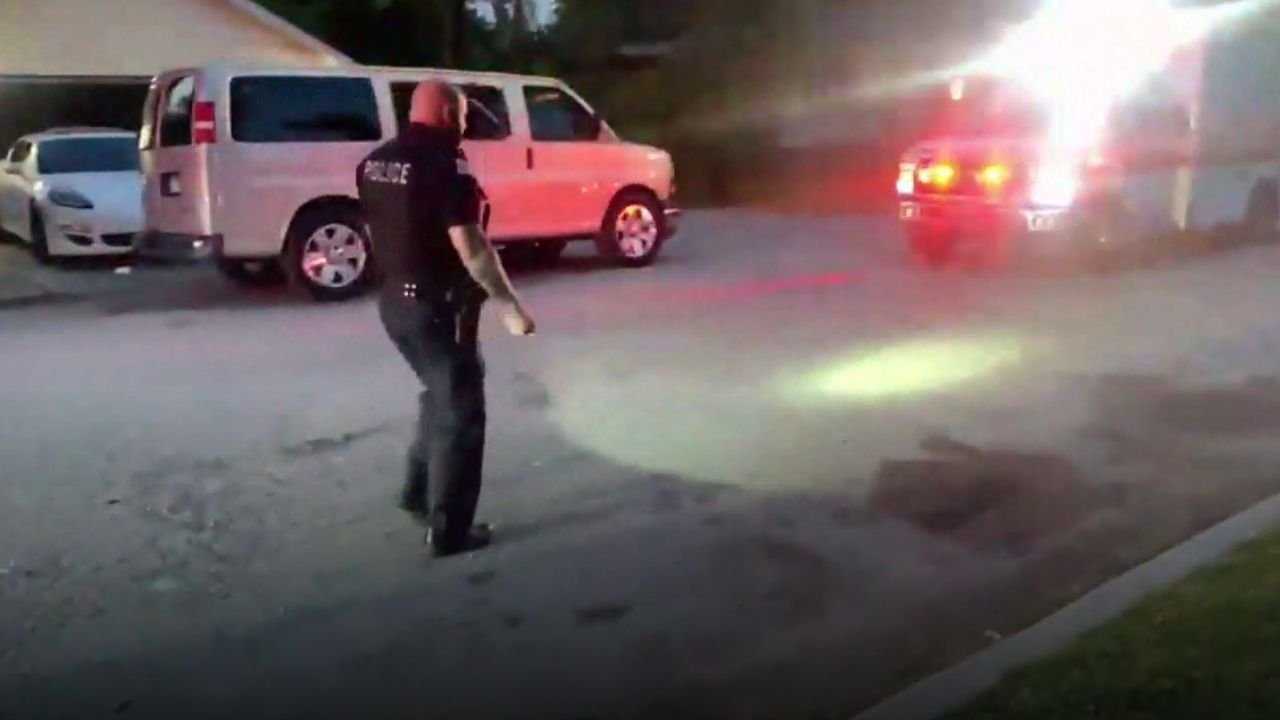CHICAGO — Tesla CEO Elon Musk has officially launched a small-scale test of his long-promised robotaxi service in Austin, Texas — a move he hopes will revive the company’s declining sales and public image following high-profile political controversies and intensified market competition.
The test includes just 10 to 12 self-driving vehicles operating in a limited area, but Musk says he intends to scale the service quickly, with hopes of reaching hundreds of thousands of vehicles nationwide by next year — a goal many analysts view as overly ambitious.
Musk’s Robotaxi Vision Finally Hits the Streets
The Austin pilot marks the first real-world launch of a Tesla self-driving taxi, more than five years after Musk first announced the idea. He had previously made several missed promises, such as delivering the service “next year” as far back as 2019, 2020, and again in 2023.
Despite that rocky track record, Musk is pushing forward, citing the company’s ability to deploy updates wirelessly to existing Tesla vehicles. This would allow owners to convert their personal cars into autonomous money-makers while they’re at work or on vacation — an “Airbnb for cars,” as Musk described it.
Robotaxi Launch Comes as Tesla Faces Tough Market Headwinds
The test couldn’t come at a more critical moment. Tesla’s profits dropped by 71% in the first quarter of 2025, and stock value fell by $150 billion during a public spat between Musk and President Biden over EV policy and regulation.
To counter the fallout, Musk is banking on the robotaxi rollout to reenergize investor interest and outpace competitors like Waymo, which has already completed over 10 million paid rides in cities including Los Angeles and San Diego.
Tesla critics remain skeptical. As Morningstar analyst Seth Goldstein told ABC7 Chicago, “Maybe his timelines aren’t realistic, but he can develop futuristic technology products.”
Safety, Technology, and Federal Scrutiny Remain Barriers
Tesla’s Full Self-Driving (FSD) software — the system powering the robotaxis — is under investigation by both the Department of Justice and federal highway regulators. Critics say the name is misleading, as drivers must still remain alert and prepared to take control at any time.
The company has faced multiple lawsuits over the technology, and while some were dismissed or settled, scrutiny remains high. Nevertheless, Musk insists that the updated version of FSD is safe and ready for broad deployment.
Unlike Waymo’s more expensive mix of cameras, radar, and lasers, Tesla’s system relies solely on camera-based navigation, which Musk believes allows for faster expansion.
Read More: Protesters Call on Illinois Treasurer to Divest $145M from Israeli Bonds
Tesla Owners May Soon Join the Fleet
One of Musk’s biggest claims is that existing Tesla owners can opt-in to the robotaxi program via a software update, letting their personal vehicles operate as autonomous cabs while idle.
That rollout could make Tesla the largest robotaxi operator in the world — a key reason why investors like Wedbush analyst Dan Ives still believe in Musk’s vision.
Skepticism Lingers, But Musk Has a History of Big Wins
While experts continue to question Musk’s aggressive timeline, few deny his knack for turning science fiction into reality. From launching luxury EVs to deploying satellite internet and landing rockets, Musk has repeatedly proven doubters wrong.
If the robotaxi test in Austin proves successful, the service could soon arrive in major markets — including Chicago — offering residents a new kind of ride-hailing experience powered entirely by artificial intelligence.
Would you use a Tesla robotaxi in Chicago if it launched here? Tell us what you think at ChicagoSuburbanFamily.com


